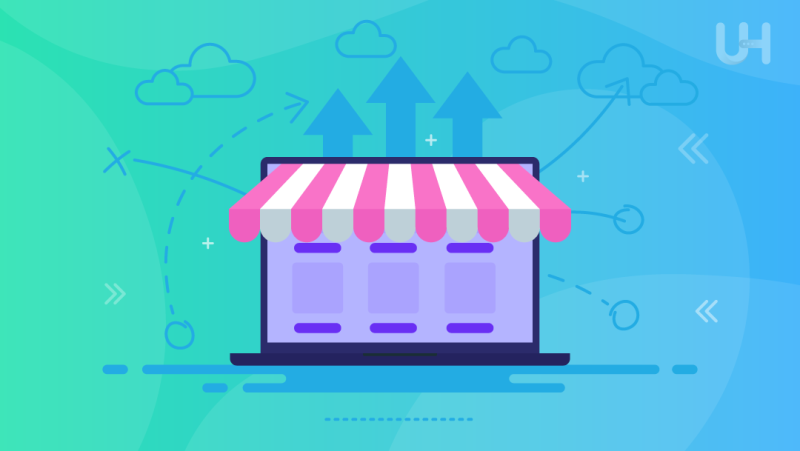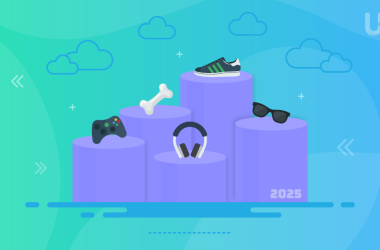With growing competition, changing shopper behaviors, and greater dependence on online channels. Modern eCommerce customers are savvy, well-educated, and have essentially unlimited options at their fingertips. They expect frictionless experiences, fast sites, personalized offers, and easy access to customer service. That’s why getting to know exactly how to increase eCommerce sales isn’t just helpful it’s essential. It’s important to understand that increasing sales is not necessarily about getting more traffic. Backend optimization, presentation of the product, and user experience come into play here. Trimming down these areas can make giant leaps in your sales outcomes.
These best practices involve creating helpful, reputable content about people, not algorithms. These actions educate search engines—and users—about your store. In this guide, we will detail five extremely effective methods that can catapult your eCommerce performance to the next level. These methods are designed to be actionable, data-driven, and customer-focused, and will assist you in building credibility, boosting engagement, and ultimately driving more conversions. Expand your reach online; these tips can serve as a strong foundation. Let’s jump into the 5 most critical strategies on how to increase eCommerce sales.
Optimize Your Product Pages for Search and Conversions
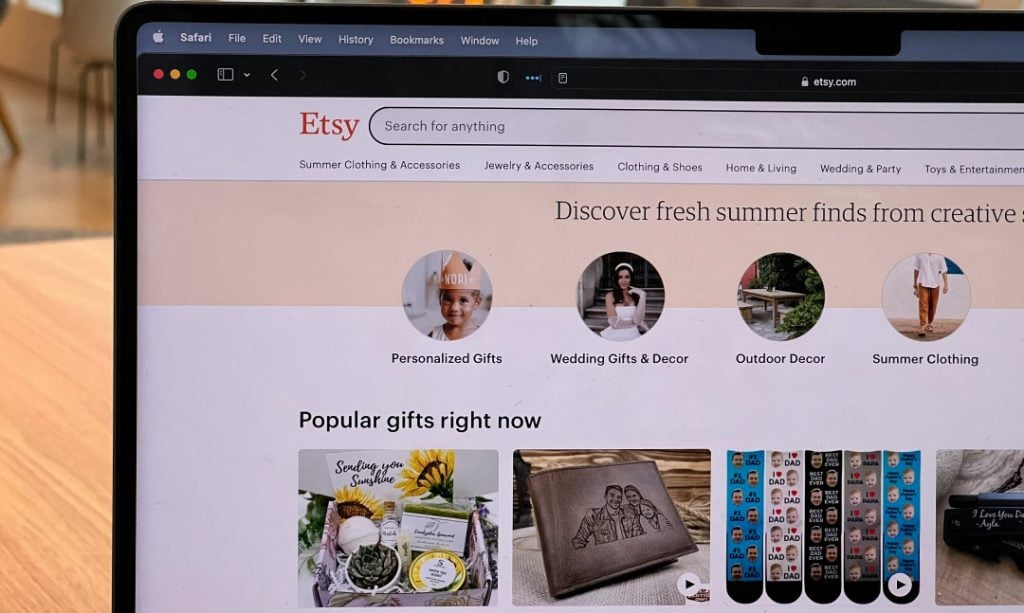
Your product pages are some of your most critical touchpoints in your user journey. Effective SEO and good user experience (UX) will get your store more qualified traffic and increase conversions by leaps and bounds. DDoS attacks happen when hackers overload your website’s servers to crash your store. Search engine optimization makes your product pages discoverable. Without SEO, fantastic products could just be invisible to your target audience.
Optimization of keyword, metadata, and crawlability helps search engines understand your content. Present it to intent users more easily. On the user side, once people arrive at your page. The look and content need to catch their attention immediately. Respond to their queries, and gain their trust. A blend of straightforward product details, nice visuals, and powerful CTAs will make users linger and navigate through the buying process.
Losing sales due to slow load times or crashes?
Boost conversions with UltaHost’s powerful eCommerce Hosting — built to handle high traffic and deliver a seamless shopping journey!
Use SEO Best Practices
- Use distinct meta descriptions for each product, emphasizing benefits and features.
- Utilize SEO-optimized URLs that are brief, tidy, and include relevant keywords.
- Use image alt text descriptive of the product for search engines. Visually impaired individuals.
- Add structured data (schema markup) for product title, price, reviews, and stock availability.
- Use internal linking to similar categories. Blog posts to keep users engaged.
Improve On-Page User Experience
- Use high-quality product images with multiple views and zoom features.
- Offer rich product descriptions detailing size, features, materials, and benefits.
- Make customer reviews and ratings available for social proof and trust.
- Show live stock levels or low stock notices to instill a sense of urgency.
- Optimize for mobile using responsive design and easy navigation.
- Offer live chat or support functionality to answer questions immediately on the product page.
Use Email Marketing to Re-Engage Customers
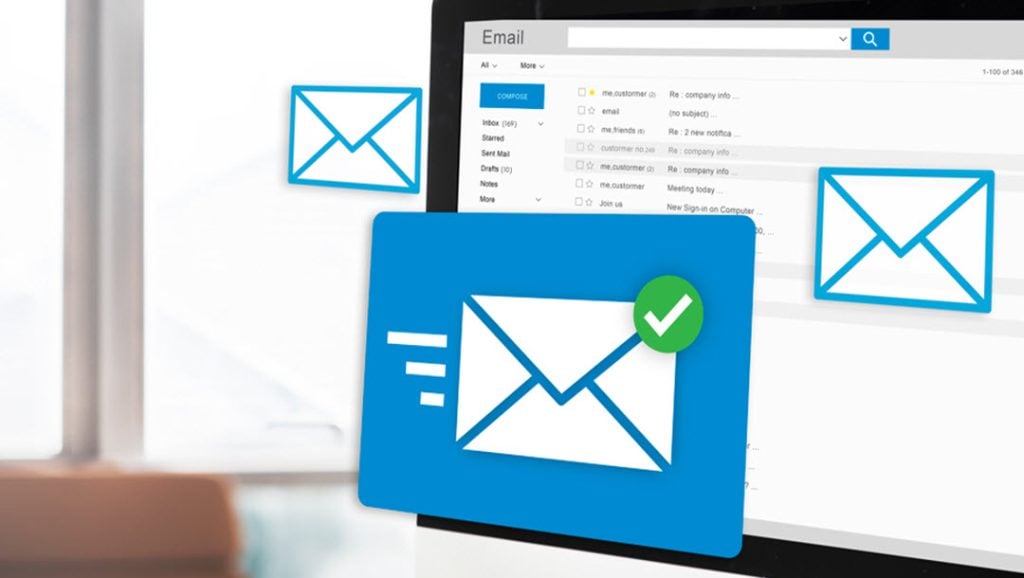
Email marketing remains one of the most effective eCommerce tools for inducing repeat purchases and fostering long-term customer relationships. The key to effective email marketing is finding the right individuals with the right message at the right moment. This starts with building a quality list of opted-in subscribers who genuinely are interested in your products or blog posts. Before you hit send, remember that sourcing fresh leads is half the battle; specialized B2B sales prospecting resources can reveal ideal contacts faster, and recent McKinsey studies link smarter prospecting to 40 percent higher close rates. Every new subscription must be the beginning of something genuine—not simply a sales funnel lead.
Once you have your list in front of you. You will need to send targeted emails. We’re referring to personalized behavior, preference, and purchase history-driven campaigns here. From cart abandonment alerts to product recommendations and special offers, targeted emails offer more value and higher conversion rates. Thanks to the advanced email platforms and automation capabilities we now have at our fingertips, reconnecting with customers has never been easier or more efficient. Pick a hosting service that offers DDoS protected VPS, daily backups, and 24/7 monitoring.
Create a Quality Email List
- Offer a discount or coupon to sign up one time.
- Create enticing pop-ups or scroll triggers, or exit intent to capture attention.
- Place signup forms on your homepage, blog, and checkout for visibility.
- Create social media contests or giveaways that require email entry.
- Ensure mobile-friendly forms with few fields to reduce friction.
- Obey GDPR and privacy laws through providing opt-in checkboxes and open policies.
Construct Targeted Email Campaigns
- Send cart abandonment emails with product images and a clear link back to the cart.
- Create welcome email sequences to greet your brand, products, and values.
- Tailor product recommendations based on browsing or purchasing history.
- Induce flash sales, seasonal deals, or limited-time offers through urgency-based communications.
- Segment on behavior, interest, or location for more personalized content.
- Offer loyalty rewards or VIP exclusives to encourage repeat purchase.
- By leveraging first-party data collected from your email list, you can personalize outreach more effectively.
Trust is one of the biggest forces behind online purchasing behavior. They rely on other people’s opinions. Social proof—product reviews, testimonials, and user-generated content—are used here. To highlight real customer experiences can reduce buyer hesitation and create a sense of authenticity regarding your company. People who read good feedback given by actual people are probably going to make a purchase.
Keep your CMS like WooCommerce or Shopify, plugins, and software updated to patch any vulnerabilities. It adds transparency, shows that your company is responsive, and gives potential buyers vital information regarding product quality, usage, and satisfaction. Encouraging customers to produce their own content makes individuals feel a part of a community. Puts the brand out there more, and provides you with high-quality visual content that you can leverage for marketing purposes.
Show Reviews and Ratings
- Show product reviews and star ratings directly on the front of each product page.
- Highlight best reviews at the beginning of the section to immediately create trust.
- Use third-party review platforms like Trustpilot or Yotpo for authenticity.
- Highlight average ratings in search results via structured data markup.
- Use post-purchase emails to request customer reviews and feedback.
- Show review clips on category pages and in email promotions.
Engage User-Generated Content
- Create social media promotions encouraging users to share photos with your product.
- Create a branded hashtag and promote it on your packaging and emails.
- Share customer photos and videos on your product pages and Instagram feed.
- Offer rewards like discounts or integration into a gallery for sharing UGC.
- Organize giveaways or contests regarding posting and tagging your brand.
- Use Loox, Okendo, or Bazaarvoice features to collect and display UGC.
Optimize Site Speed and Mobile Visitation
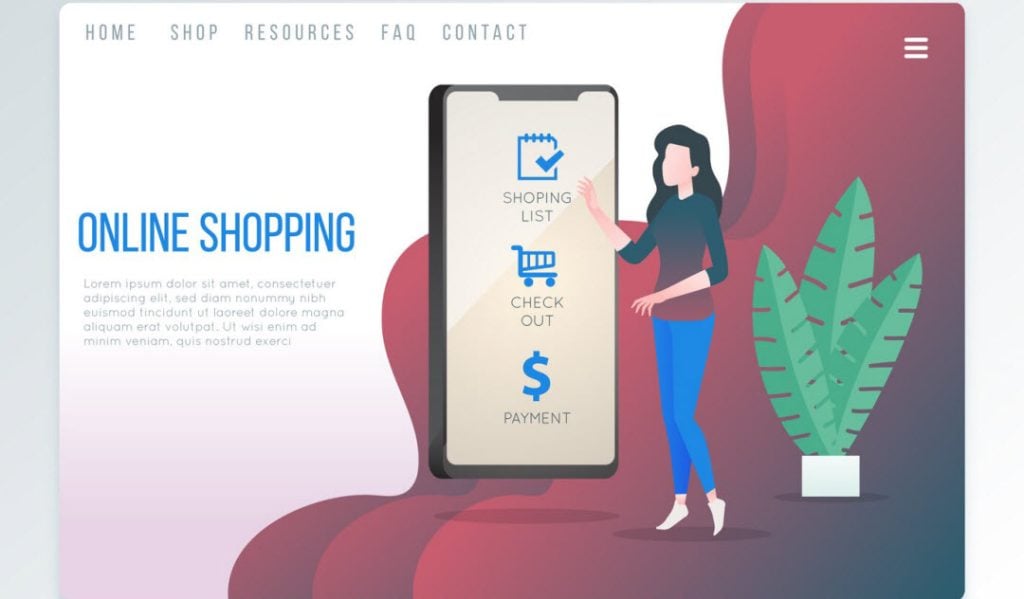
Speed and ease of use are no longer an indulgence in the world of digital. Where first impressions count and customer experience is everything. Site performance has a direct bearing on your bounce rate. SEO rankings, and ultimately, your sales. That’s why getting your shop fast and mobile-friendly is task number one for long-term success. Aside from speed, mobile experience doesn’t take a backseat. A smooth mobile experience—during checkout—is highest likely to increase your conversion rates and customer satisfaction through the stratosphere. Let’s run through some practical steps to improve both areas.
Boost Page Load Times
- Optimize images and compress them. Without compromising on image quality to minimize the load time.
- Minify CSS, JavaScript, and HTML files by removing extra spaces and characters.
- Use a good and quick hosting service that can support high traffic without lag.
- Use a Content Delivery Network (CDN) to deliver content from servers near the user.
- Limit third-party scripts and plugins that may slow your site.
Make It Mobile-Friendly
- Employ a responsive design that automatically resizes to any screen orientation and size.
- Simplify navigation menus for one-thumb usage.
- Employ big, tappable buttons for CTAs, forms, and checkout flows.
- Stream the checkout process into the fewest steps possible, ideally single-page checkout.
- Do not use full-screen pop-ups or troublesome pop-ups on mobile devices.
- Utilize standard fonts and suitable text sizes for small.
Employ Upselling and Cross-Selling Strategies
Perhaps the most effective ways to increase eCommerce sales is not purchasing new customers. Upselling and cross-selling are the paths to take. Bumping up a customer to a more-specced laptop or providing a complimentary phone case at the point of checkout. An intelligent recommendation system can accomplish the heavy work by examining historical purchases, web surfing behavior, and customer affinity in real-time. By incorporating upselling and cross-selling into your eCommerce process—on product pages, in carts, and checkout. You want to enhance the customer experience by offering useful suggestions, not merely bumping up sales. Here’s how to do it effectively with intelligent tools and personalization.
Use Smart Recommendations
- Offer high-end options with more features or ratings.
- Place recommendations below the fold or close to CTAs for easy visibility.
- Feature user behavior-based personalized recommendations on your homepage.
Build Personalized Offers
- Send segmented email campaigns with product recommendations based on past purchases or wishlists.
- Offer dynamic price or loyalty discounts by cart value or customer history.
- Include personalized banners on your site with related or viewed products.
- A/B test to determine which of the personalized promotions are most effective by user segment.
Conclusion
Driving eCommerce sales higher isn’t flash sale or hard promotion. It’s building a solid, frictionless. Optimized shopping process that guides your shoppers to a purchase naturally. By executing programs that delight your shoppers. You build a strong foundation for long-term and short-term growth. A fast, mobile-optimized site with product page optimization will drive more search traffic, and email and upsell initiatives will attract and convert that traffic into repeat customers. Ultimately, success in eCommerce comes from understanding your customer, meeting their needs, and exceeding their expectations. The result? More conversions, greater brand loyalty, and sustainable sales growth.
UltaHost’s High RAM VPS Hosting ensures unmatched speed, stability, and reliability for seamless performance and handling of high-traffic eCommerce stores. Optimize your online store’s performance and increase eCommerce sales with a powerful hosting solution tailored for demanding workloads.
FAQ
How do I increase sales in my online venture with focused strategies?
You can drive sales in your online business using methods that look directly at the customer needs and behaviors.
How does product page optimization actually boost eCommerce sales?
Yes, product page optimization definitely boosts eCommerce sales. Clarity of description, image optimization, customer reviews, schema markup.
How can email marketing attract back customers in my eCommerce business?
Yes. Email marketing is probably the best option to bring back lost customers or browsers that failed to convert.
Why is social proof vital to driving sales on an eCommerce site?
Social proof establishes credibility and trust that are vital to converting users to buyers.
How does mobile optimization affect eCommerce conversion rates?
Non-responsive layout—you jeopardize your sales. A mobile-optimized website optimizes the user experience.
What is the significance of upselling in speeding up eCommerce revenue?
Upselling and cross-selling assist in maximizing order value by persuading customers to buy more or high-value products.
How do content guidelines contribute to making my eCommerce website visible?
Yes, obeying Google’s content guidelines on your website makes your website user- and search-engine-friendly.





